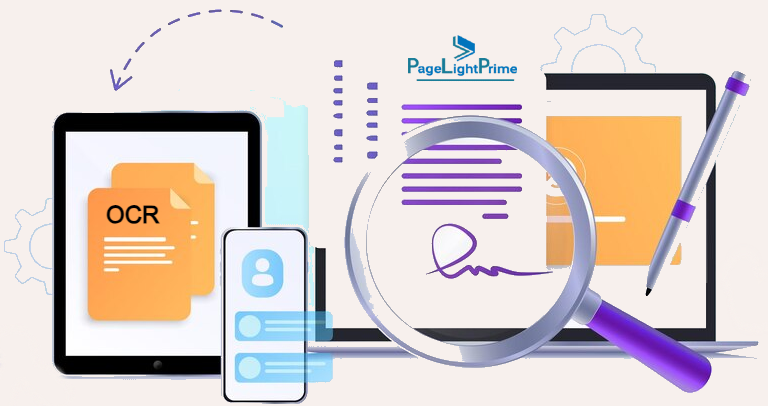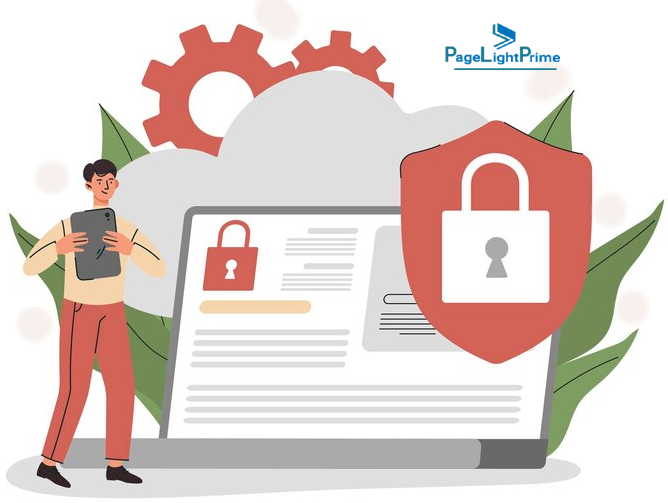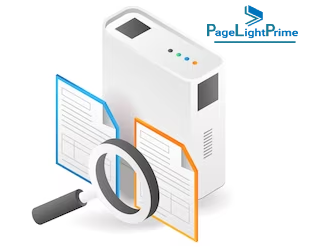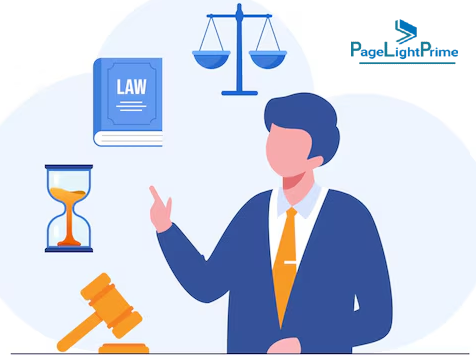Legal Document Management Systems and the Magic of OCR
The legal world runs on documents. Contracts, briefs, case files – the sheer volume can bury even the most organized attorney. But what if you could wield this information with the ease of a Jedi Knight? Enter the powerful alliance of Legal Document Management Systems (Legal DMS) and Optical Character Recognition (OCR).
Written by Knowledge Team, posted on April 10, 2024

Why You Need OCR
Imagine a law office overflowing with filing cabinets – that’s the struggle for many legal professionals. Traditional paper documents are a nightmare to search, edit, and share. OCR emerges as your champion, transforming scanned documents (images) into searchable and editable text. This unlocks a treasure trove of benefits:
Effortless Search
Find that specific clause in a contract with a few keystrokes. No more wading through endless pages.
Enhanced Efficiency
Streamline workflows by editing and redacting digital documents instead of relying on cumbersome physical copies.
Improved Collaboration
Share OCR-processed documents securely with colleagues and clients, fostering seamless communication.

Legal DMS: Your Digital Fortress
Now, let’s bring Legal DMS into the fight. Think of it as a digital filing cabinet on steroids with enhanced security features. It securely stores your legal documents, from contracts to emails, in a centralized, accessible location. But a Legal DMS goes a step further:
Version Control
Track changes made to documents, ensuring you always have the latest version at your fingertips.
Advanced Security
Implement robust access controls to safeguard sensitive information.
Streamlined Workflows
Automate repetitive tasks like document routing and approval processes, freeing up valuable time.

The OCR-Legal DMS Power Couple: Mastering New Versions with Preserved Integrity
So, how do these two technologies work together when it comes to OCR documents? Legal DMS offers features specifically designed for managing new versions of OCR-processed files:
Preserving Original Image Integrity
When you apply OCR to a document within a Legal DMS, a crucial step occurs: the system creates a new, separate version of the image file. This ensures that the original scanned image is preserved in its pristine condition, acting as an unalterable record.
Automatic Versioning of OCR-Generated Text
Alongside this preserved original image, a new, fully searchable version is generated, containing the extracted text. This text-based version is the one that undergoes automatic versioning when edited within the Legal DMS.
Change Logs and Full-Text Search
Each version of the OCR-processed document is tracked with a detailed change log, allowing you to trace modifications easily. Additionally, full-text search capabilities extend to all versions, enabling you to uncover relevant information even within older iterations.

Limitations to Consider
While OCR is a powerful tool, it’s not a Jedi mind trick. Here are some limitations to keep in mind:
Accuracy
Accuracy can be affected by factors like poor scan quality, handwritten text, or complex layouts. Proofreading is still essential.
Formatting
OCR might not always capture formatting perfectly. You may need to adjust the layout after conversion.
Handwritten Text
OCR struggles with handwritten documents. Consider alternative solutions for these cases.

Case Study 1: Corporate Litigation Law Firm
Background
A medium-sized law firm specializing in corporate law and litigation. With a growing client base and an increasing caseload, they were facing challenges in managing their extensive collection of legal documents efficiently. Their reliance on paper-based documentation led to time-consuming searches, limited collaboration capabilities, and difficulties in tracking document versions.
Implementation
The firm decided to implement PageLightPrime Legal DMS integrated with OCR technology to streamline their document management processes. They chose PageLightPrime that offered robust OCR capabilities, allowing them to digitize their entire document repository and make it searchable and editable.

Results
Efficiency Gains: By digitizing their documents and utilizing OCR technology, the legal practice significantly reduced the time spent on manual document searches. Attorneys and staff members could now quickly locate specific clauses, contracts, or case files with just a few keystrokes, leading to a substantial increase in productivity.
Improved Collaboration: The Legal DMS enabled seamless collaboration among team members, both internally and with clients. OCR-processed documents could be securely shared and accessed from anywhere, facilitating real-time collaboration on case strategies, contract negotiations, and other legal matters.
Enhanced Version Control: With automatic versioning and change tracking features offered by Legal DMS, the law firm ensured that all stakeholders had access to the latest document revisions. This eliminated confusion and minimized the risk of working with outdated information, thus enhancing the firm’s overall efficiency and accuracy.
Key Outcomes: By leveraging OCR technology integrated with their Legal DMS, the Law Firm achieved significant improvements in document management efficiency, collaboration, and version control. The streamlined workflows allowed them to focus more on delivering high-quality legal services to their clients while minimizing administrative overhead.
Case Study 2: Legal Aid Society of Metropolitan City
Background
The Legal Aid Society of Metropolitan City is a non-profit organization dedicated to providing legal assistance to low-income individuals and families. With limited resources and a high volume of cases, they struggled to effectively manage their legal documents, which hindered their ability to serve their clients efficiently.
Implementation
To modernize their document management processes, the Legal Aid Society partnered with PageLightPrime to implement a customized Legal DMS solution integrated with OCR capabilities. The goal was to digitize their paper-based documents, improve accessibility, and streamline case management workflows.

Results
Accessibility and Searchability: The OCR-enabled Legal DMS allowed the Legal Aid Society to digitize their entire document archive, making it easily searchable and accessible to staff members. This empowered attorneys and paralegals to quickly locate relevant case files, precedents, and legal research materials, leading to faster case resolution and improved client outcomes.
Cost Savings: By reducing their reliance on physical storage space and streamlining document retrieval processes, the Legal Aid Society realized significant cost savings in terms of both time and resources. They no longer needed to dedicate valuable office space to storing paper documents, and staff members could devote more time to client advocacy and legal representation.
Data Security and Compliance: The Legal DMS implemented robust security measures to protect sensitive client information and ensure compliance with legal and regulatory requirements. Role-based access controls and encryption mechanisms safeguarded confidential documents, mitigating the risk of unauthorized access or data breaches.
Key Outcomes: Through the adoption of an OCR-enabled Legal DMS, the Legal Aid Society of Metropolitan City was able to overcome the challenges associated with paper-based document management and improve the efficiency, accessibility, and security of their legal operations. The transition to digital workflows enabled them to better serve their clients and fulfill their mission of promoting access to justice for all members of the community.
Conclusion
By embracing the combined power of Legal DMS and OCR, legal professionals can say goodbye to document chaos. Increased efficiency, improved searchability, and enhanced collaboration are just a few of the rewards. Remember, however, OCR’s limitations require a watchful eye. But with the right approach, this dynamic duo can transform the way you manage your legal documents and conquer your caseload.
